The Trump-Putin meeting opened doors for the start of a new era in the international order.
The Trump-Putin meeting opened doors for the start of a new era in the international order.
By Sergio Rodríguez Gelfenstein
The recent meeting between the presidents of Russia and the United States in Alaska has connotations that go beyond bilateral relations and delve into a perspective of global interest. It is worth saying right from the start of this analysis that the mere fact that the leaders of the two main nuclear powers meet face to face to settle differences, find common ground and seek solutions to conflicts, transmits a certain tranquility to our troubled planet.
It is necessary to remember that we are not in the cold war when, within the framework of a bipolar international system, the victories of one meant the defeats of the other and vice versa. Hence, the resumption of dialogue and negotiation as methods of handling disputes should be welcomed and applauded.
Prior to the meeting of the presidents itself, there were a series of acts of symbolic nature that created a positive atmosphere. First of all, President Putin’s decision to make a stopover in the city of Magadan in the Russian Far East to pay tribute to the “Heroes of Alsibe” (Alaska-Siberia), Soviet and American pilots who cooperated during the 2nd. World War, sent a friendly signal hours before the meeting. Putin laid a wreath at the monument to the two countries’ cooperation in confronting Japanese expansionism in the Pacific and East Asia during the mid-20th-century conflagration.
Putin flew 11 hours and crossed 8 time zones to reach Magadan and was ready to arrive in Anchorage – the Alaska city where the meeting was to take place – almost simultaneously with Trump. He was already close to the city. Magadan and Anchorage are a four-hour flight away. Trump also did his part. He flew 8 hours from Washington and, as host, arrived a little earlier than his guest. Without it being necessary, he ordered his protocol to roll out a red carpet, a symbol of majesty and again, without the ceremonial protocol demanding it, he waited for his Russian colleague in the airport itself. An atmosphere of trust and harmony had been created that contrasted with the tension and confrontational spirit of the recent past.
The displays of camaraderie did not end there. Putin greeted Trump by saying “Good morning, neighbor.” He was alluding to the fact that in the Bering Strait the distance between the Diomedes Major, Russian, and Diomedes Minor, American islands, is only 3.8 km. Between the Chukotka Autonomous District, the eastern end of the Russian Asian continent, and the western edge of the American continent in Alaska, there are only 85 km. Strangely, although the distance between the two islands is small, there is a 21-hour time difference between them. That is why Putin left the territory of his country around 8 a.m. on the 16th and arrived in Alaska a few minutes later, when the place of the meeting was around 11 a.m. on the 15th.
The Russian president thanked the American for the extreme care taken by the Alaskan authorities in preserving the cemetery where the remains of nine Soviet pilots, two military personnel and two civilians who cooperated with the United States in “Operation Lend-Lease” through which the United States helped the Soviet Union during the war, rest.
As a curious fact, it is important to know that it was Russia that proposed that the meeting be in Alaska when it would have been natural for the meeting to be held in neutral territory. This is a sign of Putin’s confidence in Trump, which nevertheless implied a significant concession from the United States to Russia, given that Putin has an arrest warrant from the International Criminal Court.
This meeting has meant that in addition to the invitations to Putin already confirmed to visit India at the end of this month and China at the beginning of September, South Korea has been joined to participate in the Asia-Pacific Economic Cooperation (APEC) Summit to be held in the city of Gyeongju from October 31 to November 1 of this year.
Alaska was a sovereign territory of Russia until 1867 when it was sold to the United States by Tsar Alexander II. There is a high Russian cultural and religious presence in the state, which is carefully cared for and respected. Dozens of Orthodox temples allow the practice of that religion. Likewise, the University of Alaska Anchorage (UAA) in addition to three important schools in this city offer Russian language study programs without any setbacks, which contrasts with the Russophobia and conservative, reactionary and degrading persecution of Europe that expresses its natural and traditional civilizational barbarism against Russia. Putin knew what he was doing when he proposed Alaska as a meeting place. Not only was he not captured, he was received with the highest honors of head of state on the red carpet of American protocol.
Although the meeting touched on current issues, what was really important were the structural issues that were discussed, since they point to the construction of a new international order. Originally, the meeting was scheduled with the participation of four members from each delegation, in addition to the presidents. Without the reasons being disclosed, that number was reduced so that the leaders were accompanied by only two senior officials.
On the trip to Alaska, the U.S. delegation was made up of the secretaries of Commerce and the Treasury, but not the Secretary of Defense. In this way there was a clear signal from Trump about what the priority issues were. The military aspect, including the war in Ukraine, was not. Joining Putin were Foreign Minister Sergei Lavrov and presidential adviser for foreign policy Yuri Ushakov. It was striking that Trump was accompanied by Secretary of State Marco Rubio and special envoy Steve Witkoff, whose inauguration is hierarchically inferior to Rubio’s but occupied a preeminent place in the debates. This situation would be repeated later in the meeting on Monday 18 with European leaders. It is yet another important signal sent by Trump.
In any case, Ukraine was discussed. Here again Putin emerged victorious since the main European proposal, which -in some way- had been assumed by Trump, was definitively discarded: there will be no ceasefire, if Ukraine and Europe accept it, in the future, the only thing that can be done is a peace agreement with reciprocal security guarantees or nothing. It is the only thing that Russia is willing to negotiate.
Their demands remain unscathed and today have been assumed by the United States: demilitarization of Ukraine, which includes desisting from the incorporation of that country into NATO and the presence of soldiers of this terrorist organization on its territory; denazification, eliminating the Nazi fascist organizations that are part of the Ukrainian state and, finally, recognition of the incorporation of the provinces of Donetsk, Luhansk, Zaporozhie and Kherson, as well as Crimea and Sevastopol into Russia. That means 22.5% of the former Ukrainian territory or 136,000 km², an area larger than the Netherlands, Belgium, Denmark and Luxembourg combined. In return, Russia is willing to return the 1,700 km² it has occupied in the provinces of Sumi and Kharkiv in northern Ukraine with the aim of creating a security shield for its bordering provinces.
This is what Trump discussed with Zelensky and European leaders on Monday at the White House. They could not help but listen and comply shamefully as is traditional. In this way, they were excluded from the possibility of participating in a proposal to end the conflict in Ukraine. In the event that Europe decides to continue the war, supporting Kiev militarily, it will have to disburse 100 billion dollars that it does not have to buy weapons from the United States, which, in turn, does not have the capacity to produce them in the short or medium term in order to supply them to a Ukrainian army depleted in terms of its possibilities of replacing human resources.
Trump and the US military know that Ukraine has no chance of winning this conflict, and their intelligence agencies have informed the president that Russia has designed this confrontation as a war of attrition, not only of Ukraine, but of all of Europe and that its continuity will continue to weaken the economy of the Old Continent, potentially affecting the United States. Hence, within the framework of his natural pragmatism, he does not see the need to continue supporting Ukraine, a country that he sees as “a bottomless barrel”.
At the strategic level, which is what is truly important, this Summit has brought transcendent agreements. In the first place, there was talk of discussing again what is related to nuclear arms control, resuming the possibility of signing new treaties that give continuity to those that were signed in Soviet times establishing a limitation for small, medium and long-range nuclear weapons and that were gradually abandoned by the last US administrations. in particular Biden’s. If this news is confirmed, humanity could sleep a little more confidently, since the possibility of a third world war, which would undoubtedly have a thermonuclear character, would be remote.
In the background, the possibility of cooperation in the Arctic was discussed, where Russia has an obvious advantage with its large fleet of atomic icebreakers compared to only two from the United States, quite old by the way. The possibility of using this route as a transport route throughout the year shortens trips by almost two weeks from the Far East to Europe compared to the route through the Strait of Malacca, the Indian Ocean and the Red and Mediterranean Seas, with all the risks that this route also has today.
On the other hand, climate change has produced melting ice that has revealed a large amount of resources that could potentially provide mineral, energy and food products that exist in abundance on the so-called “white continent”. Hence, the possibility of Russia and the United States cooperating in this region is good news for them and for humanity. For the United States, it is also a vital necessity. That is what explains all the paraphernalia put together by Trump after he came to power and the threats to seize Greenland and incorporate Canada into the North American union, creating strong tensions with two of his main allies.
Another area of cooperation between the two countries that was mentioned in the talks is linked to the possibility of increasing what they called interregional contacts between the Russian Far East rich in oil, gas, diamonds, timber and fisheries, and the Pacific coast of the United States where Silicon Valley, a global high-tech hub and the city of Seattle are located. areas of gigantic economic, scientific, industrial and above all technological potential due to the existence of large traditional industrial companies and internet and technology companies of the new economy, as well as service, design and clean technology companies.
This decision could be definitively burying the North Atlantic as the axis of world political and economic dynamics, transforming – on the contrary – the North Pacific, as well as the great Eurasian terrestrial space, into the new engines of global dynamics. Perhaps we are witnessing the creation of the North Pacific Treaty Organization of an economic and commercial nature in opposition to NATO with a clear warmongering and aggressive orientation.
Finally, this meeting definitively displaces Europe as a relevant actor on the international stage. Despite the fact that the Ukrainian conflict is taking place on European territory, the institutions of that continent, under the direction of a litter of mediocre, ignorant and politically small leaders, have been unable to seek and offer solutions to the conflict. Now they are limited to listening to and approving the decisions of the United States, not only in the military sphere as members of NATO, but also in the political and economic spheres, sectors in which they made disastrous decisions that have led Europe to lose its secure and cheap energy supply from Russia, to limit its industrial and technological development, to subject their people to inflation, unemployment, recession and economic stagnation and to weaken their defence and security capacities, all of which are now in foreign hands.
Without wishing to be alarmist, I dare to say that in Alaska the death certificate of Europe was signed as a leading actor in the international system. If European leaders were an active part in the consolidation of the international order generated after the end of the Second World War, today, none of them has the slightest relevance in the new order that is emerging. Europe participated in Yalta and Potsdam in 1944-45. Europe did not participate in Alaska 2025.
This new order even “threatened” to shut out the United States. Trump realized and is making decisions, of course, from an imperialist and supremacist perspective, but he knows that now he has counterweights and he has to negotiate. Perhaps, in his deranged and arrogant egocentric mentality of a rich child, he has understood that threatening and shouting nonsense of all kinds has no place when he has serious and responsible countries led by leaders who represent the honor and dignity of their peoples.
In any case, I have no doubt that the decisions taken in Alaska will have repercussions on the entire international dynamic. Meanwhile, upon his return to Moscow, President Putin was quick to personally communicate and inform his colleagues from the original BRICS countries: China, India, Brazil, and South Africa of his meeting with Trump. That is also a sign of the new times.


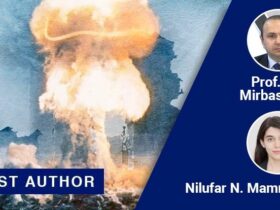
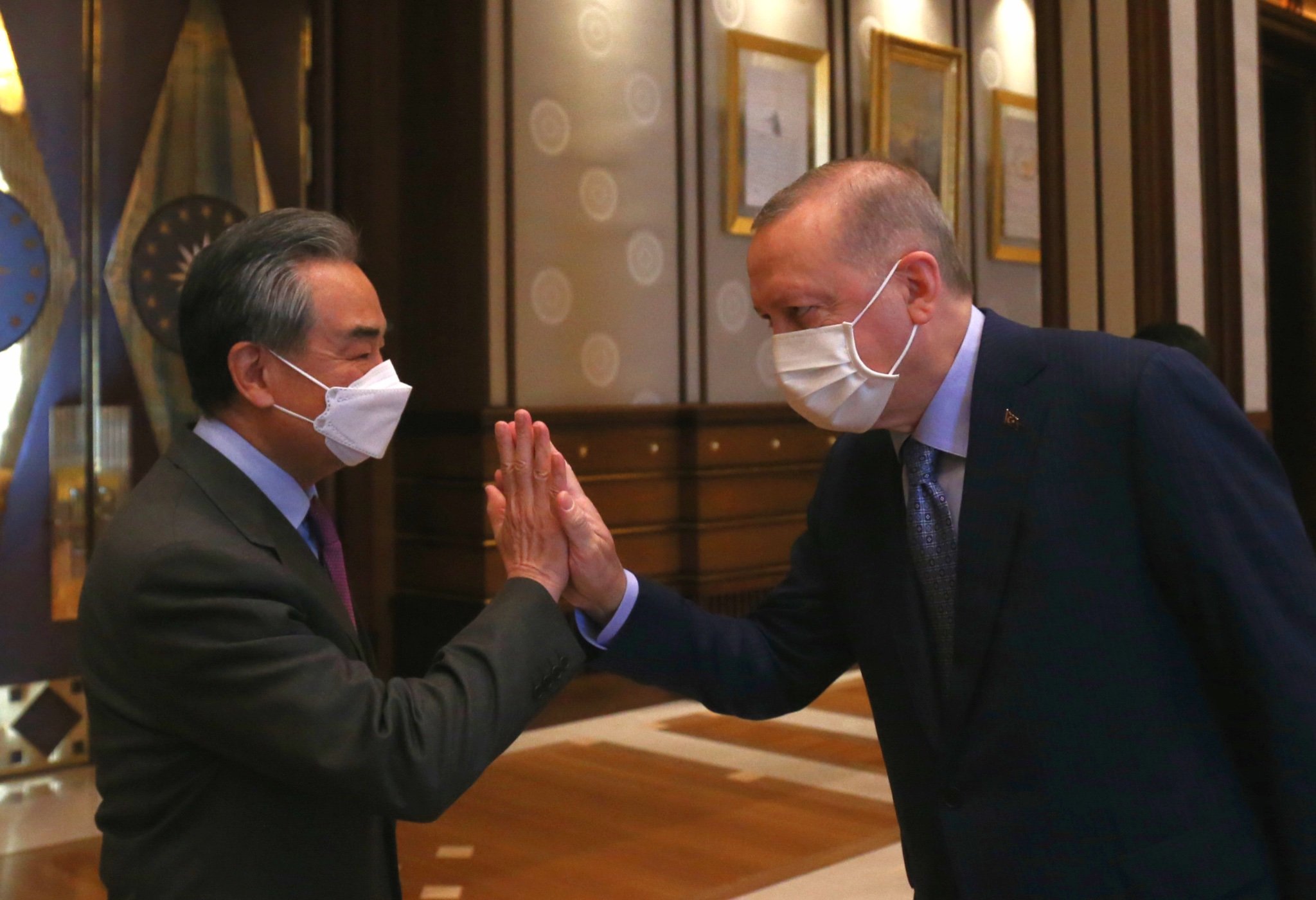
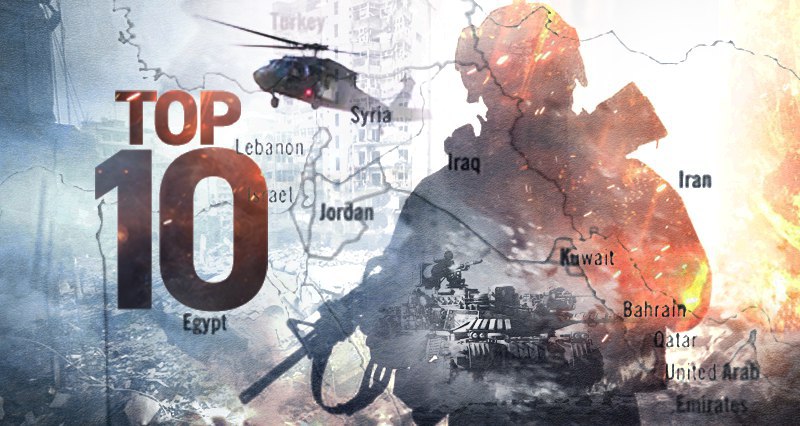
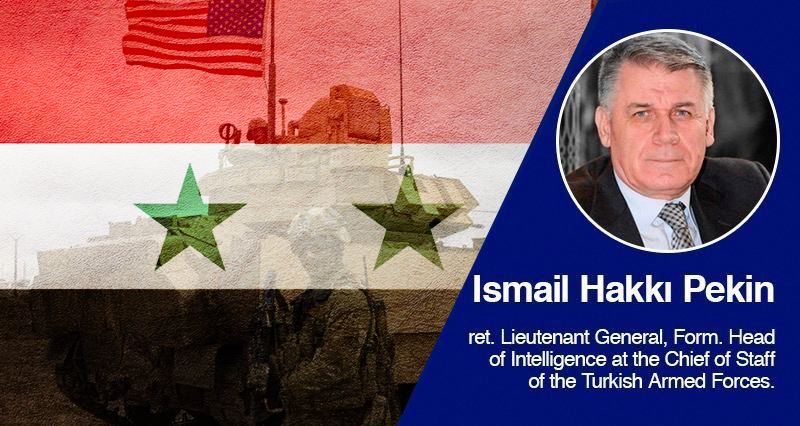

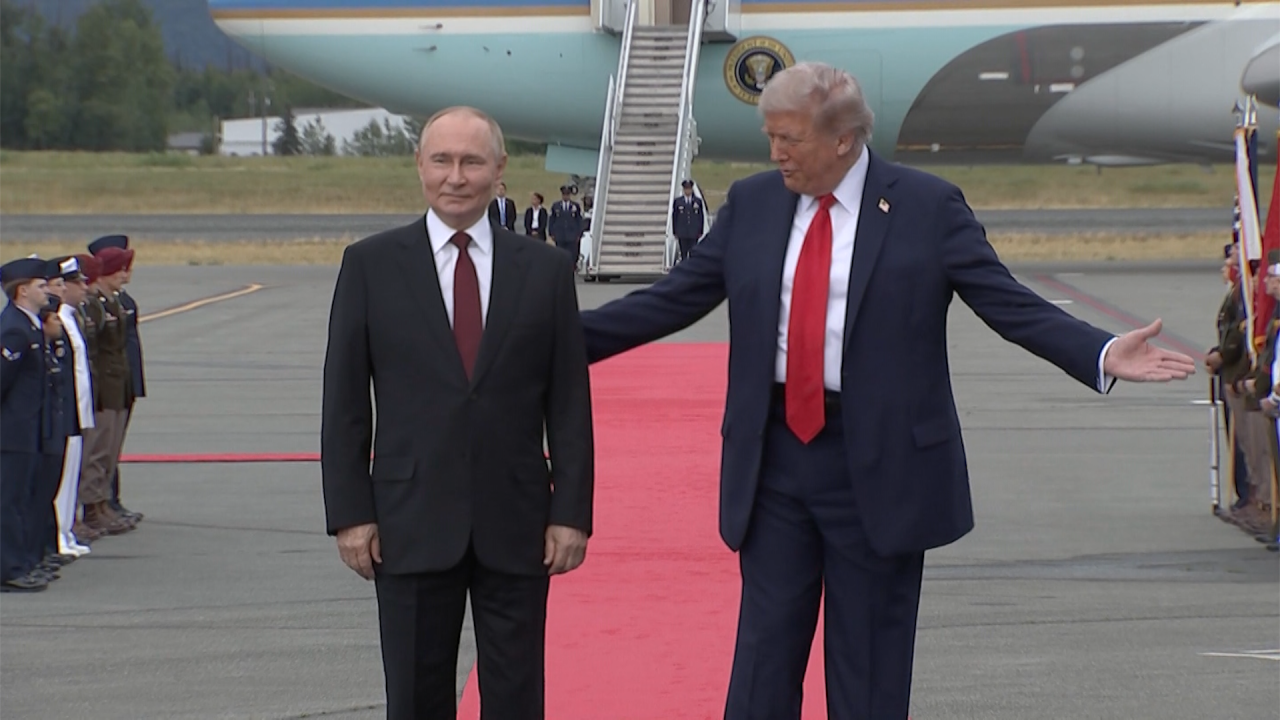
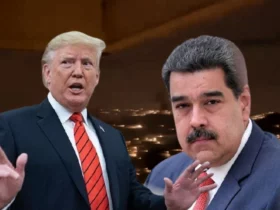
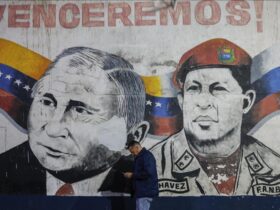
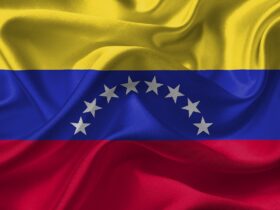

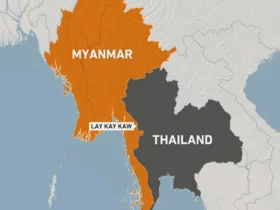
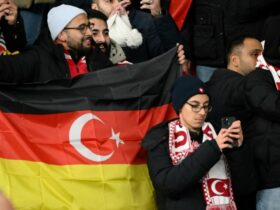
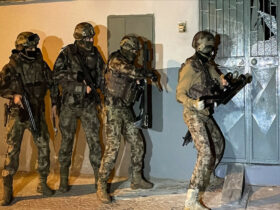

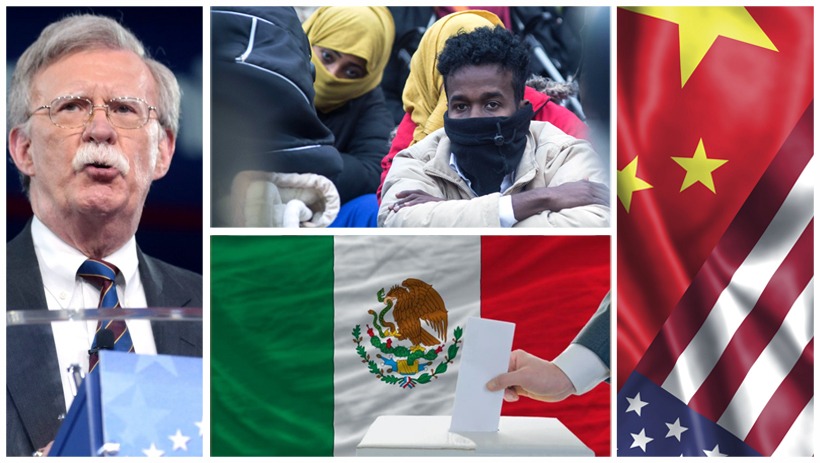
Leave a Reply